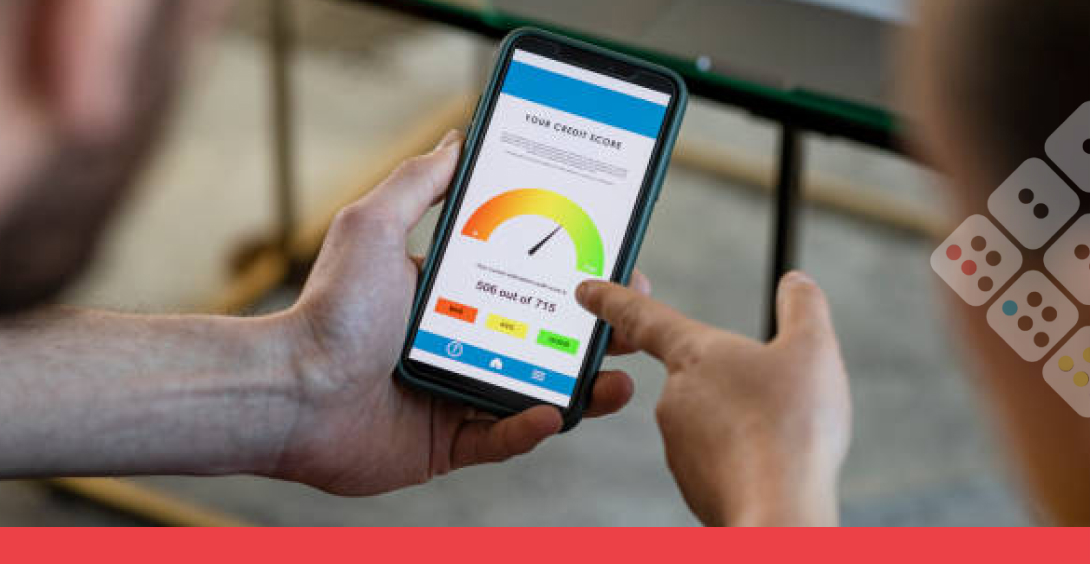
A detailed historical record of your financial transactions and financial status, a credit report includes everything from identifying personal information (name, address, date of birth), to consumer credit accounts (credit cards, lines of credit, auto loans, mortgages), and ‘inquiry’ information (i.e., information on the companies who have pulled your credit report to make you offers of new credit products, or pre-approvals for upsells, etc.). A credit score is then calculated based on that information and quickly tells potential lenders how creditworthy you are.
A higher credit score indicates that a) you are more likely to pay off your debt/repay any credit provided and b) pay off that debt both on time, and according to the agreed-upon terms. With a more favorable credit score, you are more likely to have lenders extend you credit products, such as new credit cards, auto loans, mortgages, and consumer loans. Beyond that, the higher your credit score, the more likely it is that lenders will offer you better terms, including flexible repayment schedules and lower interest rates. If you are stuck carrying a low credit score, you run the risk of not being able to access credit when you need it or having to accept higher interest rates.
Traditional credit scoring systems are not without fault, however. They often don’t take into consideration additional factors that can influence credit risk level (i.e., most modern credit reports don’t include rental payments, which can be a very accurate predictor of someone’s propensity to pay back debt.) And there can be a significant lag between an applicant’s activities and pulling a credit report/score – real-time data is much more valuable (and accurate) in assessing an individual’s risk.
Traditional credit scoring also can often have inherent biases. This greatly impacts various demographics from fairly accessing credit. For example, immigrant communities may not have formal credit histories. No credit history = low credit score. Low credit score means they can’t easily access lending products and therefore can’t start building a credit report/score. Or they are forced to accept suboptimal terms with exorbitantly high interest rates and may have difficultly paying down that debt as a result. Which of course, is a mark against you on your credit report.
Alternative Data for Financial Inclusion
The example above is not uncommon in our global society – there are countless immigrant populations in countries all over the world, and millions more who have no access to formal financial services products. There are many terms for those who lack a traditional credit history – thin-filed, credit invisible, unbanked, underbanked – but it essentially refers to anyone who doesn’t have information in their official credit history/report to generate a credit score. In Latin America, 45% of adults do not have a bank account and 79% have not accessed credit from a financial institution, although these figures vary widely between different parts of the region.
How can lenders ensure equal access to credit, even for those without formal credit histories, without sacrificing their risk strategy? One way is to use alternative data. Alternative data includes anything outside of a traditional credit report that may indicate creditworthiness, including telco information, rent and utilities payment info, social media and web presence, travel data and open banking info.
Using alternative data helps to provide a more holistic view of the financial health (both current and future potential) of customers, improves decisioning accuracy and even helps increase fraud protection with improved identity verification and KYC processes. Enabling more accurate credit decisioning allows lenders to expand their market safely, without increasing risk, and helps to encourage access to all unbanked/thin-filed individuals, setting people on the path to safely building their credit scores. Eighty-seven percent of lenders using alternative data are using it to more accurately evaluate thin/no-file customers and 64% improve their risk assessment among unbanked consumers.
As the financial services industry evolves, there are more and more innovative ways to determine creditworthiness, including the integration of alternative data, implementation of advanced decisioning solutions, and using more accurate, predictive models with artificial intelligence. And there are now more varied opportunities to access credit and financial services products, including the advancement of buy now, pay later (BNPL) solutions, and neobanks and fintechs who are taking a fresh approach to credit products.
If you’re a lender, how can you ensure that the history of credit scoring continues to evolve into something more holistic, more accurate, and more inclusive? Discover how a unified decisioning platform and easy access to a variety of data sources can help you say yes to more people, without increasing your risk. Get the eBook
Jose Vargas is General Manager and Executive Vice President, LatAm, at Provenir, which helps fintechs and financial services providers make smarter decisions faster with its AI-Powered Risk Decisioning Platform. Provenir works with disruptive financial services organizations in more than 50 countries and processes more than 3 billion transactions annually.

